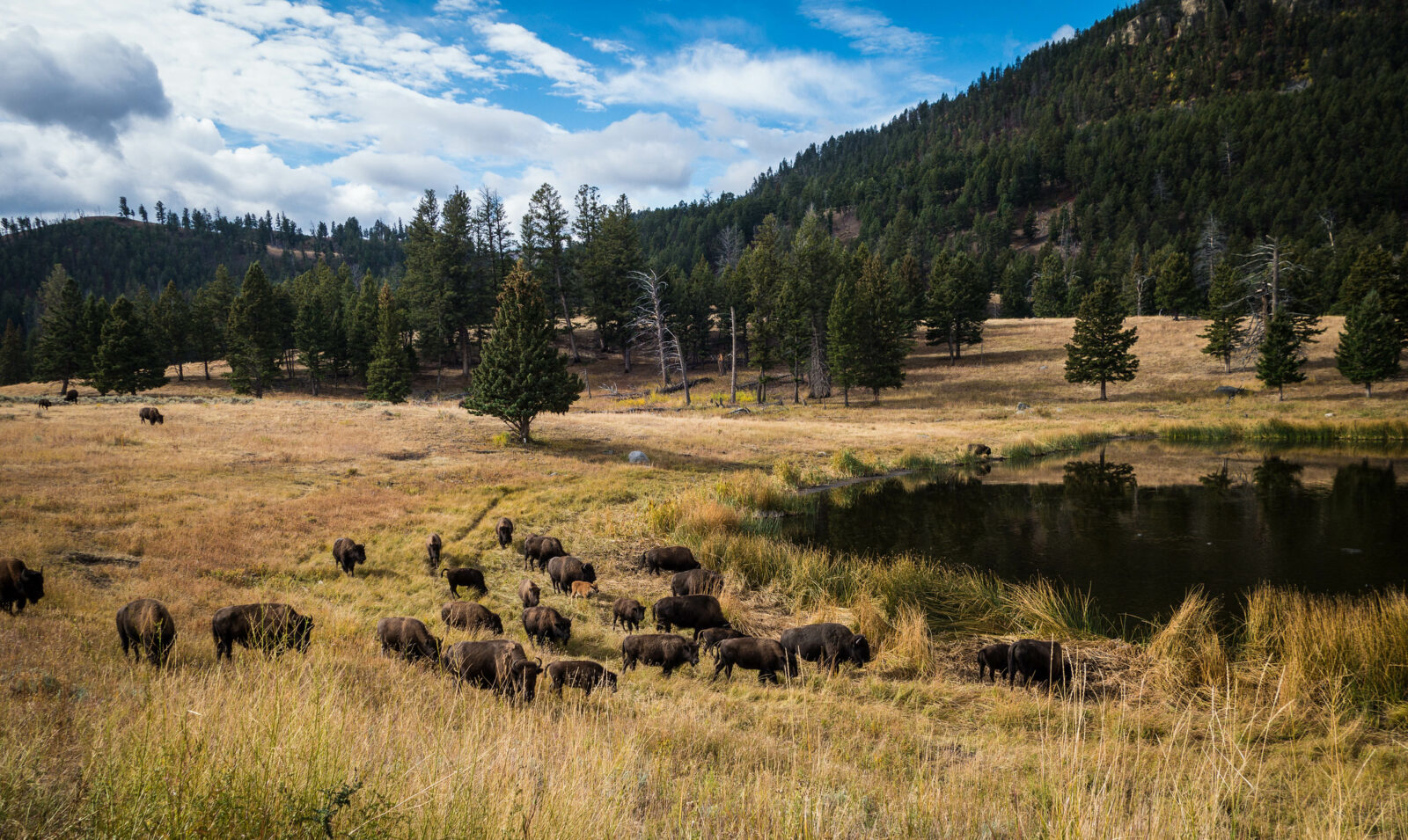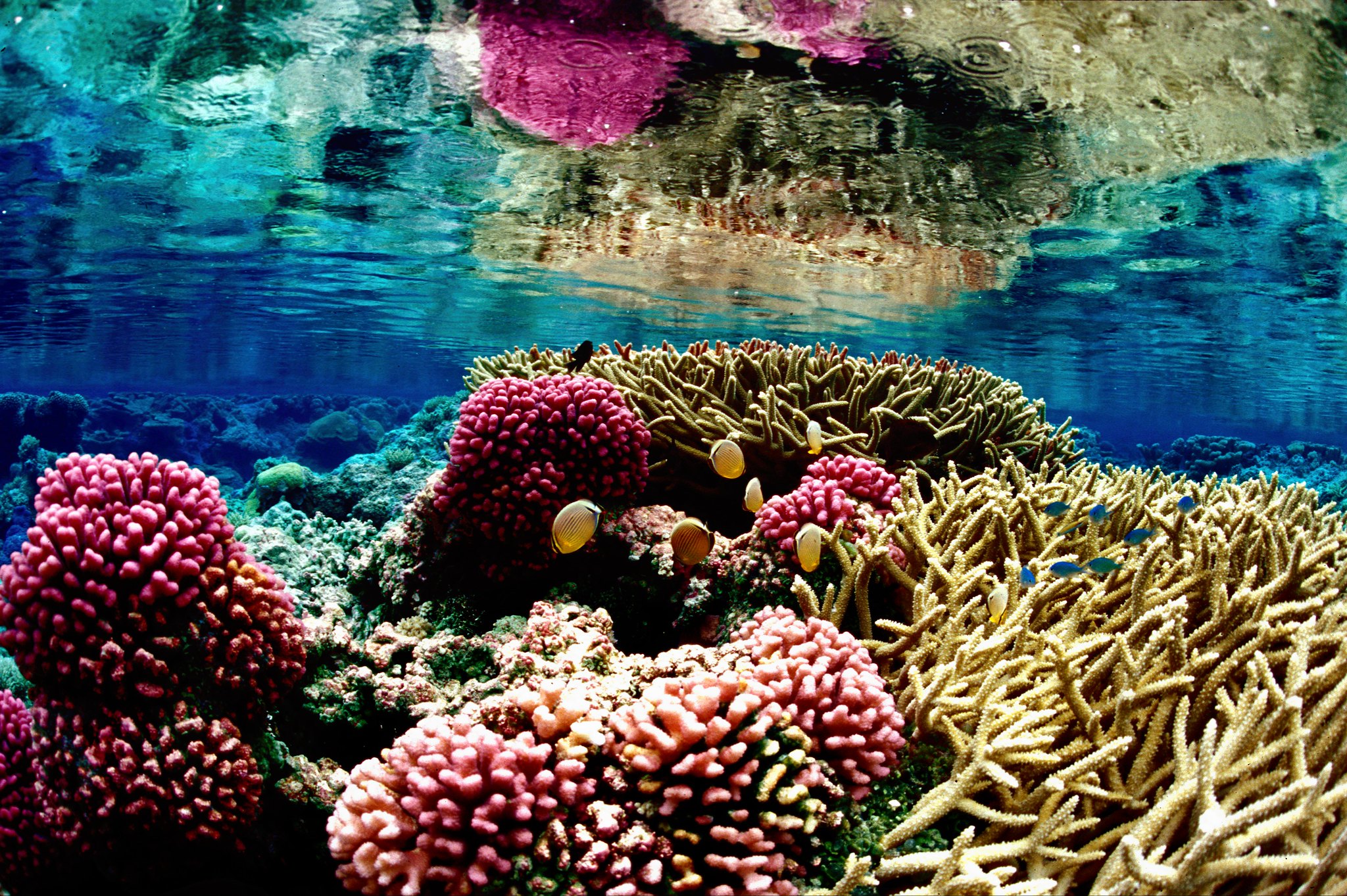We have much more to do and your continued support is needed now more than ever.
The Benefits of Investing in Natural Climate Solutions

Conservation, restoration, and improved stewardship of forests, wetlands, oceans, and farmlands around the world can provide up to a third of the emissions reductions we need to prevent the worst effects of climate change. These actions are frequently also some of the most cost-effective solutions available – and they’re ready for countries to implement today.
Improving ecosystem management and restoring degraded habitats both hold huge promise to help us pull carbon dioxide from the atmosphere. Even if increasing carbon storage is the primary goal, making ecosystems healthier and more functional can also increase other essential ecosystem services. For example, improved forest management practices can reduce erosion and support water cycling processes, which can in turn reduce costs for communities who rely on forested watersheds for their drinking water.
Still, the expert body on climate change – the Intergovernmental Panel on Climate Change, or IPCC – identifies protecting and conserving existing ecosystems as one of the best options we have. In its latest reports, the world’s scientists concluded that only photovoltaic solar and wind energy have more potential for affordable climate mitigation than reducing ecosystem conversion. Many of the world’s ecosystems hold “irrecoverable carbon”, carbon they have captured and stored over decades or even centuries. If it is released because of human activity, these ecosystems could not re-capture that carbon in the next few decades, a critical period to reduce climate change.

Biodiversity conservation is another huge benefit of avoiding the conversion of ecosystems to other land uses such as farming or urban development. Keeping ecosystem carbon in plants and soils also preserves valuable habitat for wildlife to forage and raise their young. For example, boreal forests and wetlands in North America, which hold enormous amounts of carbon in their soils, are home to mammals such as the woodland caribou and the snowshoe hare and offer essential breeding habitat to birds such as the whooping crane and the Cape May warbler.
World leaders and decision makers shouldn’t overlook our coasts at COP28, either. Actions to sequester and store “blue carbon” in oceans and coastal areas remain badly underfunded. Today, only 9% of all funding for nature-based solutions targets actions in marine areas. But conservation of carbon-rich coastal ecosystems would be a win for the climate and wildlife alike.
Take seagrass meadows: these lush underwater ecosystems pull carbon from the atmosphere at an astonishing rate and trap carbon-rich sediments among roots and stems. Although they only cover a fraction of a percentage of the ocean, researchers estimate that seagrass meadows are responsible for about 10% of carbon burial in the ocean. Yet seagrass meadows disappear at alarming rates. Key opportunities include addressing threats to seagrass meadows, such as nutrient pollution from rivers and disturbance of the seafloor related to fishing or mining, and restoring degraded meadows.
Our pathways for success are clear. What we need is to ensure sufficient funding is invested into natural climate solutions such as these for years to come. In part three of this series, we’ll explore how we can use natural climate solutions to adapt to the effects of climate change and increase community resilience.





















